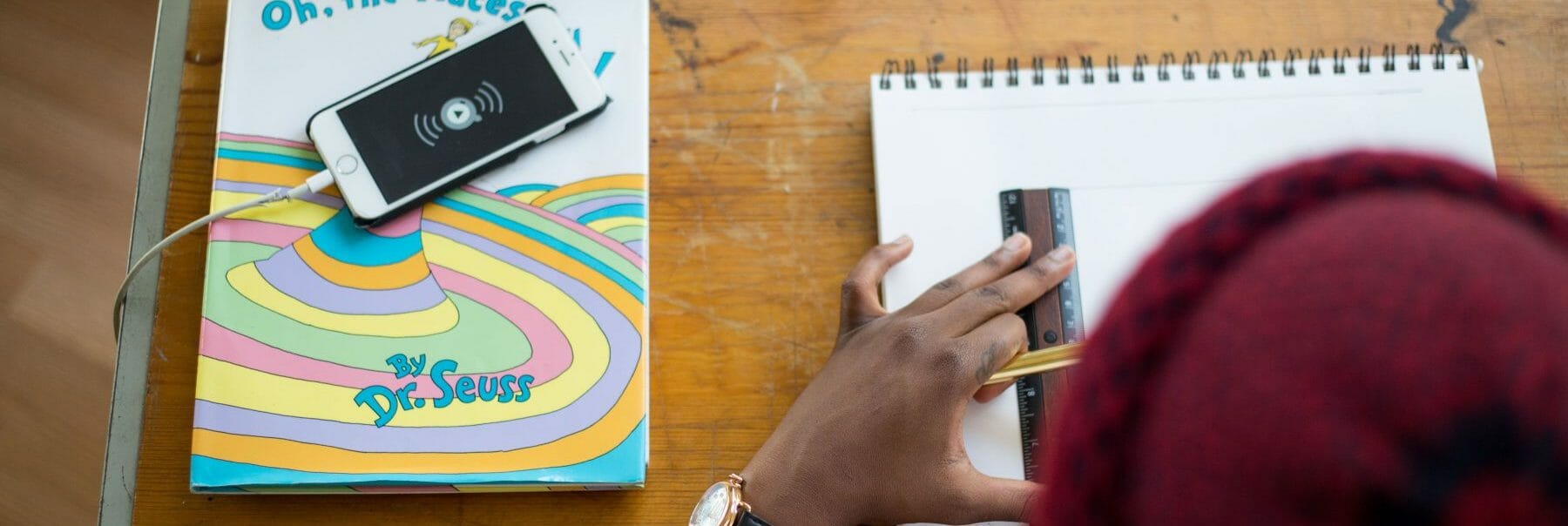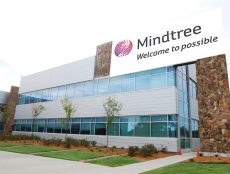
Articles
K-12
Credit Recovery Programs: 4 Takeaways from the Latest Fordham Institute Report
By Henry Kronk
December 13, 2018
Since the advent of online learning and other forces currently shaping U.S. education, learners have been able to pursue multiple avenues towards a high school degree. If a learner fails or does not complete a certain course, there is a good chance their high school will let them recover the lost credit. Instead of staying back or repeating the course over the summer, they can enter into a credit recovery program, typically an online course that promises to bring learners back up to speed and graduate without needing to repeat a year of school. Very little is known about the size and scope of credit recovery programs in the United States. The picture got a little clearer with a report out from the conservative leaning education think tank Thomas B. Fordham Institute.
The Data Set
Gotta Give ‘Em Credit: State and District Variation in Credit Recovery Participation Rates was prepared by Adam Tyner and Nicholas Munyan-Penney. To arrive at its findings, the two authors analyzed two large data sets. The first was compiled by the U.S. Department of Education’s Office for Civil Rights (OCR), which brought together data on K-12 U.S. education for the school year of 2015-16 in a report published this year. The second came from the National Center for Educational Statistics (NCES) in their ongoing Common Core Data.
Proponents of credit recovery programs point to instances of increased high school graduation rates. Critics say the accelerated programs don’t prepare students sufficiently and result in poor state testing. The Fordham authors arrived at a few surprising conclusions.
1. Most schools have a credit recovery program, but it varies by institution type.
Of the roughly 12,500 high schools examined in the report, 68.6% have a credit recovery program in which at least one student is enrolled. That figure was fairly consistent among traditional public schools, Title 1 schools, and magnet schools.
Charter schools, however, were far less likely to have a credit recovery program. Of the 625 privately managed but publicly funded institutions in the report, less than half (47.4%) had an active program.
2. Credit recovery program attendance varies widely.
Of schools that have a program, an average of 8% of the student body takes at least one course. Some schools enroll a much greater percentage of their student body on average. Over 9% of institutions with programs were found to enroll 20% or more of their student body, 1.6% enrolled 40% or more, and a very small group (0.7%) enrolled over 60%.
3. The presence of a program did not strongly correlate with the wealth of a student population, or its racial and ethnic makeup.
Geographic region and population type were far more predictive of credit recovery programs. Urban schools tend to have them in greater frequencies. Over 90% of schools in Maryland and West Virginia offer credit recovery, while the same is true for less than half of schools in Iowa, Nevada, and Ohio.
4. Charter schools and institutions teaching underserved communities tend to enroll learners in high numbers in credit recovery programs.
While the presence of credit recovery programs did not strongly correlate with socioeconomic makeup, the same cannot be said for institutions enrolling large percentages of their student bodies.
As the authors of the report write, “Schools located in cities are much more likely to enroll high percentages of their students in CR than schools located in other areas. Specifically, among high schools in cities, 16.9 percent enroll at least 20 percent of their students in CR. This rate is more than double that of schools in towns (7.7 percent), suburbs (7.3 percent), and rural areas (6.2 percent). Likewise, the proportion of urban schools that enroll 40 and 60 percent of students in CR is also at least double that of schools in other areas. At least 40 percent of students are enrolled in CR programs at 3.2 percent of schools in cities, but that percentage dips to 1.6 percent of schools in towns, 1.5 percent in the suburbs, and 0.8 percent in rural areas. Finally, 1.4 percent of city schools enroll 60 percent of their students in CR courses, while the comparable figure is only 0.7 percent in town schools, 0.6 percent in suburban schools, and 0.3 percent in rural schools.”
“…[S]chools with higher shares of students in poverty enroll more of
their students in CR. This trend is most obvious for schools enrolling at least 20 percent of students in CR, but the correlation also holds for schools enrolling higher shares. Although school-level data do not shed light on which students are enrolled in CR, our results suggest that students in poverty may be more likely to participate.”
Read the full report here.
Featured Image: Tamarcus Brown, Unsplash.









No Comments